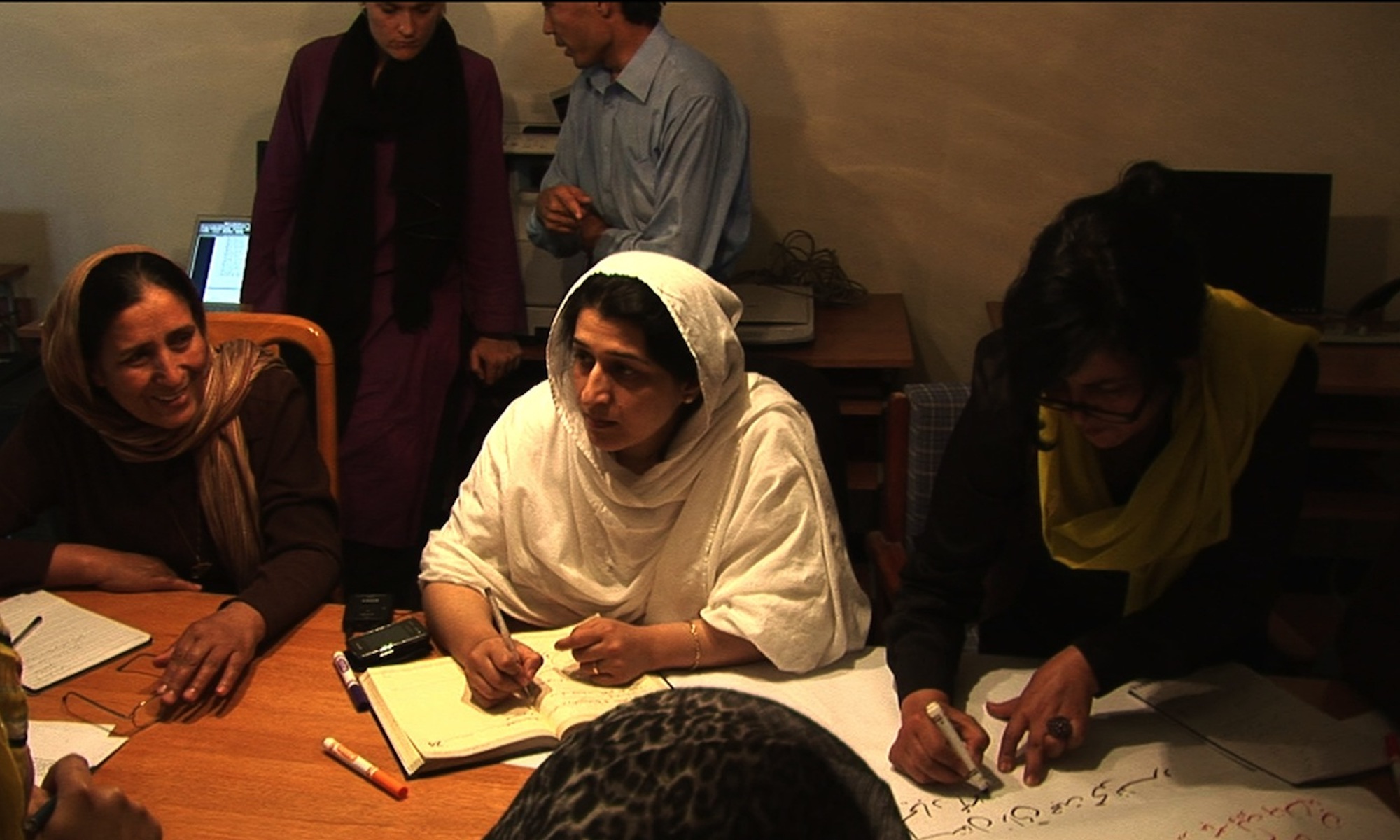A purpose of this book is to present recent World Bank analytical work on the causes of violence and conflict in Colombia, highlighting pilot lending programs oriented to promote peace and development. The Bank’s international experiences in post-conflict situations in different countries and their relevance for Colombia are also examined in this volume. The identification of socio-economic determinants of conflict, violence, and reforms for peace came about as a key element of the Bank’s assistance strategy for Colombia, defined in conjunction with government authorities and representatives of civil society. This report is organized as follows: After the introductory chapter, Chapter 2 provides a conceptual framework for understanding a broad spectrum of political, economic, and social violence issues; identifies the role played by both the country’s history and the unequal access to economic and political power in the outbreak and resilience of political violence; and examines as costs of violence the adverse impact on Colombia’s physical, natural, human, and social capital. Chapter 3 analyzes the costs of achieving peace and its fiscal implications; and indicates that exclusion and inequality rather than poverty as the main determinants of violence and armed conflict. Chapter 4 reviews the Bank’s experience in assisting countries that are experiencing, or have already overcome, domestic armed conflict. The authors illustrate the relevance of these cases for Colombia.

INSCT Postconflict Research Database
The Institute for National Security and Counterterrorism's Postconflict Research Database & Analysis Project stores cross-indexed bibliographic information on hundreds of journal articles, books, book chapters, and case reports that address the broad, interdisciplinary fields of postconflict reconstruction, stabilization, and peacebuilding.